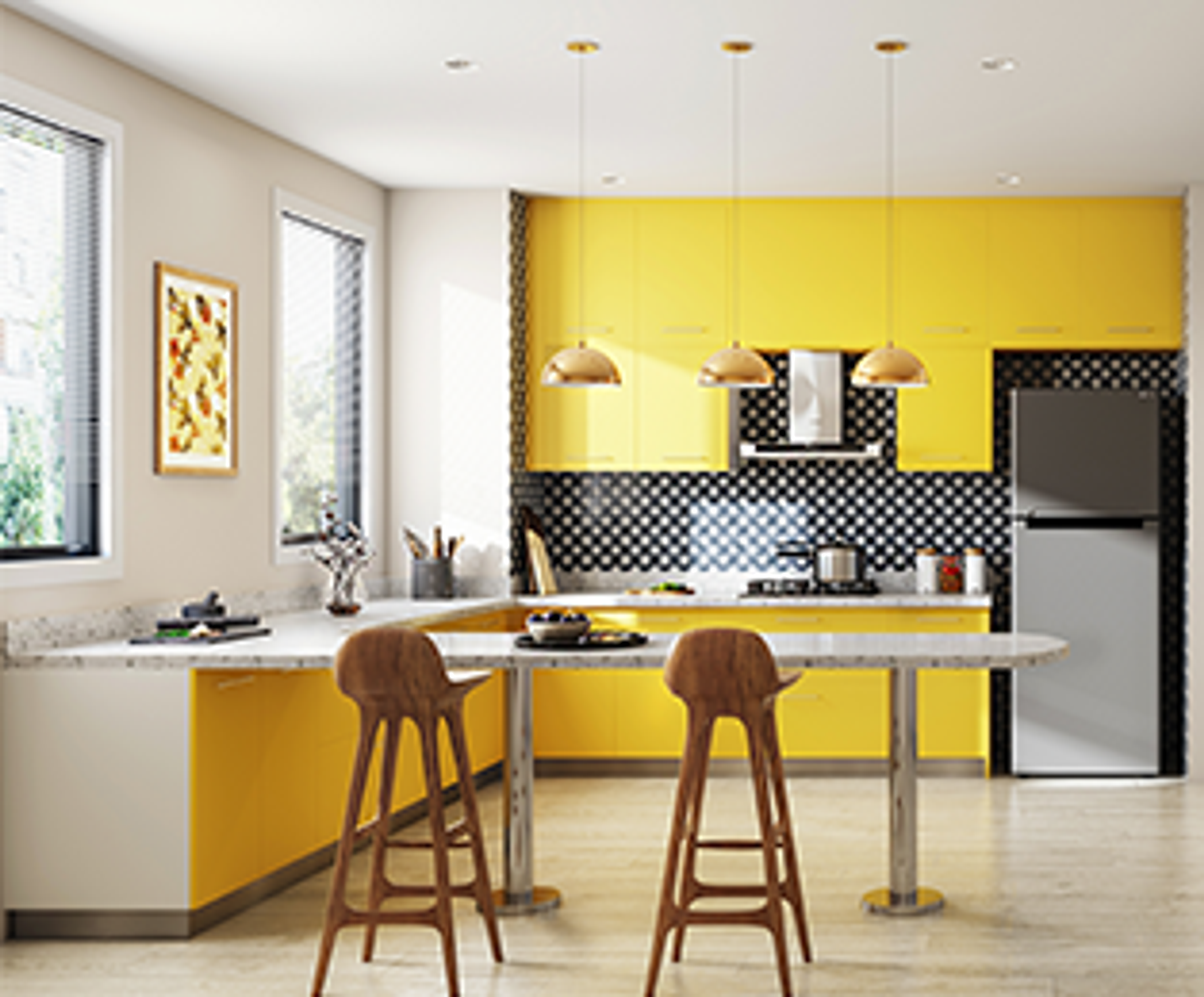A premier Architecture Firm can design your dream space.
A premier Architecture Firm can design your dream space.
Blog Article
Change Your Home With Essential Principles of Inside Style and Looks
By comprehending the influence of color concept and the importance of texture and patterns, one can produce spaces that are not just visually appealing yet likewise deeply personal. Achieving this balance entails even more than mere decoration; it incorporates a critical setup and a keen understanding of how each component interacts within an area.
Recognizing Color Concept
Understanding the principles of shade concept allows developers to produce spaces that resonate psychologically with owners while fulfilling functional needs. Each classification plays a critical duty in developing consistency within a space.
The mental effect of colors is extensive; warm colors such as reds and oranges evoke power and heat, while great tones like blues and environment-friendlies promote calmness and harmony. Furthermore, the use of corresponding shades enhances aesthetic passion, developing striking contrasts that can boost a space's charm.
Neutral colors, on the various other hand, function as a functional backdrop, enabling other style aspects to beam. It is necessary to think about elements such as lights and the area's function when selecting a color combination, as these can alter the perception of shades throughout the day.
Ultimately, a well-considered color pattern can change a space, fostering a sense of convenience and style that aligns with the occupants' preferences. Proficiency of color theory is, for that reason, an essential ability for any kind of indoor designer intending to develop unified and welcoming atmospheres.
Attaining Equilibrium in Design
Exactly how can developers accomplish a sense of stability in their rooms? Achieving equilibrium in style is essential to creating harmonious insides. Designers can utilize three main types of equilibrium: in proportion, unbalanced, and radial. Symmetrical equilibrium entails preparing elements equally around a central factor, fostering a feeling of order and peace. This type frequently includes sets of furnishings or art work, boosting aesthetic security.
Asymmetrical balance, on the other hand, counts on differing aspects that still accomplish a cohesive look. This strategy permits more dynamic and casual setups, offering passion while maintaining equilibrium. By meticulously choosing varying dimensions, shades, and textures, developers can produce an aesthetically engaging area that feels balanced yet energetic.
Radial equilibrium stresses a main prime focus with elements emitting outward. This design is generally seen in round layouts, where furniture and style develop a natural border that draws the eye internal.
Ultimately, attaining equilibrium calls for thoughtful consideration of scale, percentage, and the relationships between components. luxury interior design. By masterfully using these equilibrium principles, designers can change rooms right into environments that really feel both visually pleasing and functionally harmonious, improving the overall experience for occupants
Importance of Spatial Recognition

An eager feeling of spatial recognition enables developers to determine centerpieces within an area, directing the audience's focus to crucial attributes while keeping a total feeling of unity. It additionally helps in the strategic positioning of lights, which can dramatically influence the perception of area and state of mind. Moreover, recognizing spatial partnerships enables the designer to deal with the details needs of residents, sites guaranteeing that each area serves its designated objective without endangering appearances.
Inevitably, spatial understanding is vital for optimizing the capacity of any interior space. By meticulously considering the interplay in between measurements, design, and feature, developers can produce settings that not just meet functional needs yet additionally evoke a sense of convenience and beauty, improving the overall living experience.
Incorporating Texture and Patterns
Welcoming a varied series of appearances and patterns can significantly boost the aesthetic and tactile charm of an indoor room. The critical use various materials-- such as wood, metal, fabric, and rock-- develops depth and interest, making an area feel a lot more inviting and dynamic. For example, incorporating smooth surface areas with harsh structures can establish an equilibrium that draws the eye and engages the senses.
When integrating patterns, consider both range and rep. Big patterns can work as centerpieces, while Check Out Your URL smaller sized, refined designs can enhance other elements without overwhelming the space. Layering patterns, such as pairing Look At This flower paddings with striped throws, adds intricacy and a sense of harmony if performed attentively.
It is additionally critical to preserve a cohesive color combination, making certain that structures and patterns function with each other instead than compete for interest. By picking a couple of vital structures and patterns, you can develop a linked visual that shows your individual design while enhancing the general atmosphere of the space. Inevitably, the careful consolidation of these aspects can change an ordinary room right into an advanced atmosphere abundant with personality and warmth.
Personalizing Your Space
Producing a space that reflects your personality is essential to accomplishing a really welcoming environment. Personalization in interior decoration enables you to infuse your one-of-a-kind style and interests right into your home, transforming it from a mere sanctuary right into a sanctuary that speaks with that you are. Begin by picking a color palette that reverberates with your feelings-- bold tones can stimulate, while soft tones provide peace.
Include art work and decoration that reflect your enthusiasms, whether it be traveling, nature, or abstract principles. Displaying individual collections, such as books, photos, or mementos, can evoke valued memories and create focal factors within an area. In addition, take into consideration customizing functional items, like upholstered furniture, to straighten with your aesthetic choices.

Final Thought
To conclude, the improvement of a home via the essential principles of interior style and looks requires a comprehensive understanding of color theory, balance, spatial recognition, appearance, and customization. Each aspect adds substantially to producing an unified and functional living setting - luxury interior design. By thoughtfully incorporating these concepts, people can boost the aesthetic charm and emotional resonance of their spaces, ultimately fostering a home that reflects unique identities while giving convenience and practicality
Report this page